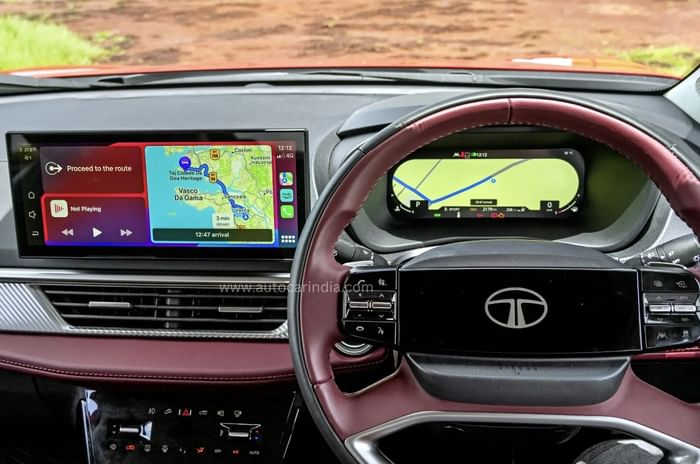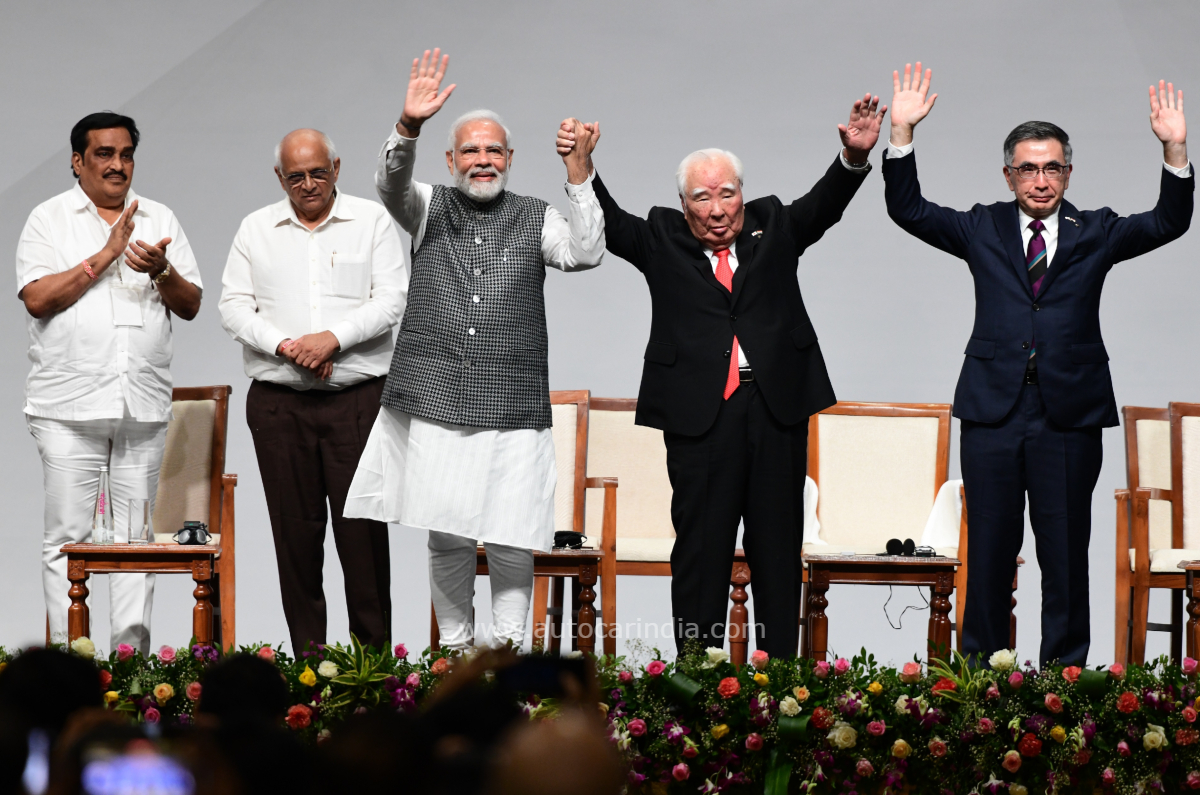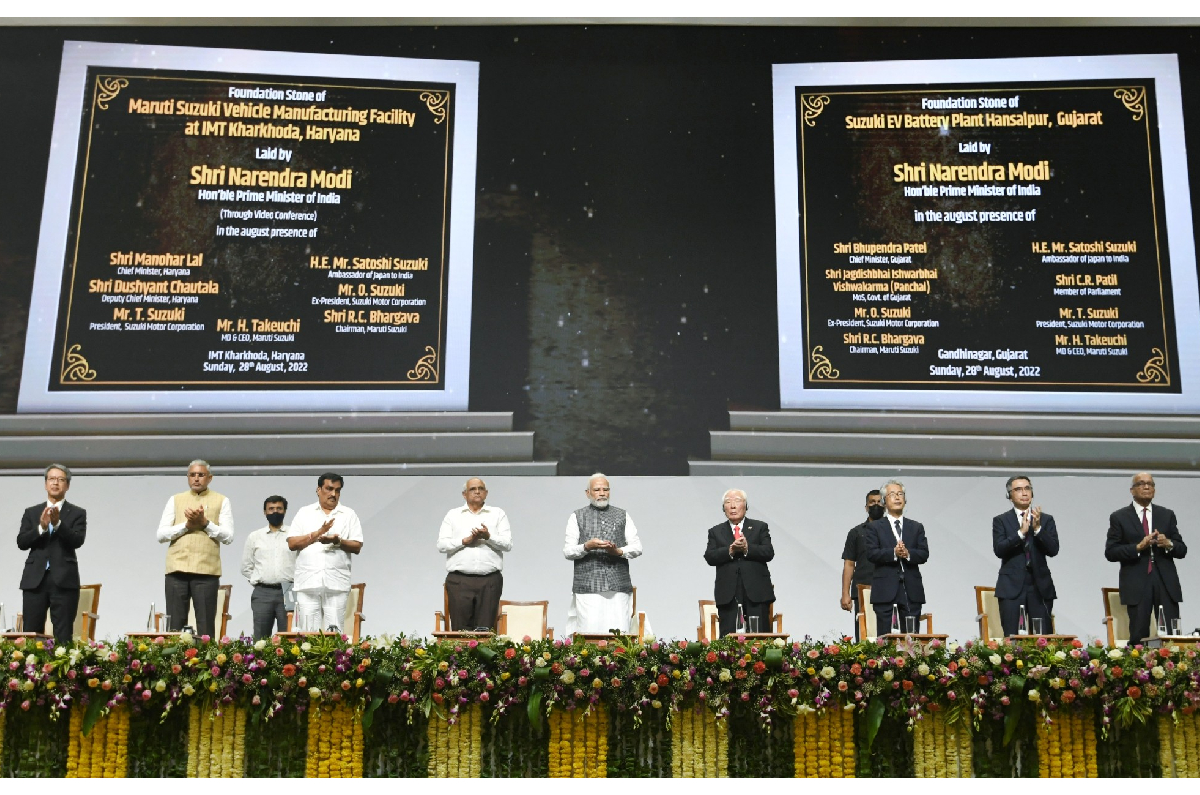While Tata Motors' dispatches dropped 3 percent in the fiscal year that ended on March 31, 2025 (FY2025), the brand describes it as a “year of consolidation”. During the fourth quarter (Q4) earnings call, the managing director of Tata Motors Passenger Vehicles and Tata Passenger Electric Mobility, Shailesh Chandra, said, “We placed disproportionate focus on after-sales and product quality. Customer experience was under pressure, and we acted decisively.” The brand is said to have fixed service bottlenecks, addressed product-quality issues and is trying to rebuild customer trust in areas where it had faltered.
- Tata Motors added 73 outlets to its sales network in FY2025
- It has fixed the software glitches that impacted the user experience
Tata aftersales service improvements
Service capacity gaps identified in 21 cities; most have been plugged

Tata Motors faced mounting customer dissatisfaction in key urban markets due to inadequate service capacity. The company identified 21 hotspot cities where customer experience was suffering and prioritised adding service bays and strengthening operational bandwidth. “We are now comfortable in 16 of those cities, having expanded presence and capacity aggressively,” Chandra said, indicating that the after-sales turnaround is well underway.
Moreover, during the second half of the fiscal year, the company opened 73 outlets countrywide, part of a broader push to improve network health rather than just expand it. It also supported several dealerships with interventions to improve operational metrics and profitability.
Tata infotainment and software improvements
The software fix was structural, not just technical, says Tata

Even as Tata Motors gained ground in electric vehicles (EVs) and tech-laden models, it ran into trouble with software integration, leading to glitches that impacted user experience. “We encountered product-quality issues, especially on the software side. While we fixed them fast, we also implemented deeper process corrections related to software integration and validation,” said Chandra.
The fix wasn’t just technical; it was structural. Tata Motors says it reassessed its entire product validation workflow, improved coordination between R&D and quality teams and reworked how digital systems are tested before deployment.
Tata Motors sales in India
Rebuilding before scaling again
The decision to consolidate rather than chase volumes was a strategic one. In FY2025, while Tata Motors saw strong traction in CNG vehicles (growing 60 percent year on year), it lost market share in EVs (to 55 percent), besides losing ground in the hatchback segment due to an ageing Tiago and Altroz line-up. However, FY2025 wasn’t about headline growth but fixing what could have undermined future momentum.
With inputs from Darshan Nakhwa


































